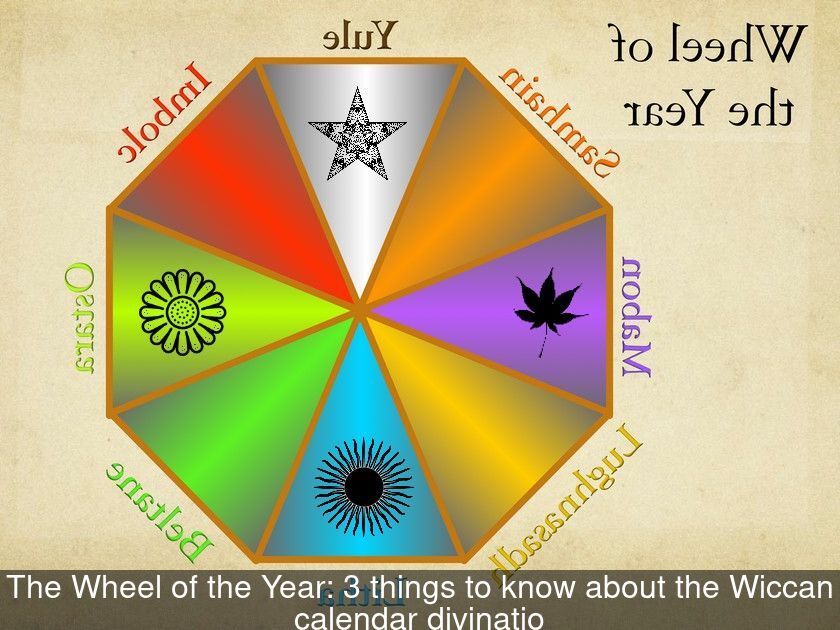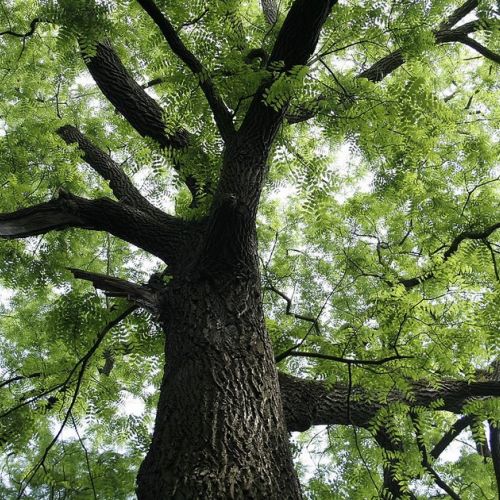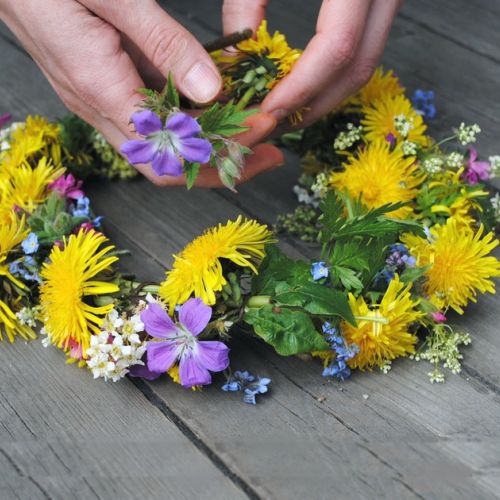The Wheel Of The Year: 3 Things To Know About The Wiccan Calendar
If you are interested in spirituality and more specifically in Wicca, you probably already know about the Wheel of the Year. Here are 3 things to know about this Wiccan calendar or Celtic calendar.
1- It is very different from our Gregorian calendar.
The Gregorian calendar represents the year in a nearly immutable manner, except for leap years where an additional day is added to the 365 other days, with the date of February 29.
Contrary to this linear representation of time, the Wheel of the Year represents the year as a cycle, a perpetual restart. As its name suggests, this Wiccan calendar takes the form of a wheel, an unbroken circle without a beginning or an end.
Its very shape testifies to the cyclical nature of life. It reminds us that the concept of time is very different in Wicca and in various pagan religions that use this representation of the cycle of seasons.
2- It is inspired by the natural cycle of seasons.
From time immemorial and in all cultures, men have celebrated the cycle of seasons. Long before the advent of the Christian religion and its calendar that celebrates saints, pagan civilizations lived in rhythm with nature.
Their lives were punctuated by the phases of the moon and the alternation of seasons, which were so important for agriculture, sowing, and harvesting.
Today, practitioners of Wicca who use the Wheel of the Year rediscover this ancestral wisdom and choose to live in harmony with the rhythm of nature.
This circular calendar inherited from Celtic druids allows us to reconnect with nature, especially during the 8 sacred festivals or sabbats whose dates are based on the movements of the stars and the seasons.
3- It includes 8 sacred holidays.
While our Gregorian calendar divides the year into 12 months, the Wheel of the Year is based on the equinoxes and solstices to divide the year into 8 equal parts.
In this calendar, we distinguish:
• four major sabbats that correspond to ancient Celtic festivals: Samhain, Imbolc, Beltane, and Lugnasadh.
• four minor sabbats that correspond to the solstices and equinoxes: Yule, Ostara, Litha, and Mabon.
These eight celebrations mark the year and allow us to celebrate the passing of time and the seasons, in harmony with nature and more broadly with the eternal cycle of life.
For Wiccans, each of these dates is a true celebration, marked by rituals and festive meals.
When and how to celebrate these sacred holidays?
Yule corresponds to the winter solstice on December 21st. On this night, which is the longest of the year, fires are lit.
Imbolc is celebrated on February 2nd. It is a festival of light that symbolizes change and spiritual growth.
Ostara corresponds to the spring equinox on March 21st. The days and nights are of equal length and the earth becomes fertile again.
Beltane is celebrated from April 30th to May 1st. It marks the beginning of the warm days and the season of light.
Litha corresponds to the summer solstice on June 21st. It is the longest day of the year and the climax of the solar cycle. This date is particularly favorable for magical practice and Wiccan weddings.
Lughnasadh (also known as Lammas) is celebrated on August 1st. It is the festival of the first harvest and bread.
Mabon corresponds to the autumn equinox on September 21st. This festival marks the arrival of winter and the entry into a period conducive to introspection and meditation.
Samhain is celebrated on October 31st and marks the end of the year in the Wiccan calendar. It is a time to take stock and celebrate the end of one cycle to begin a new one. Because, of course, the Wheel of the Year never stops turning!



